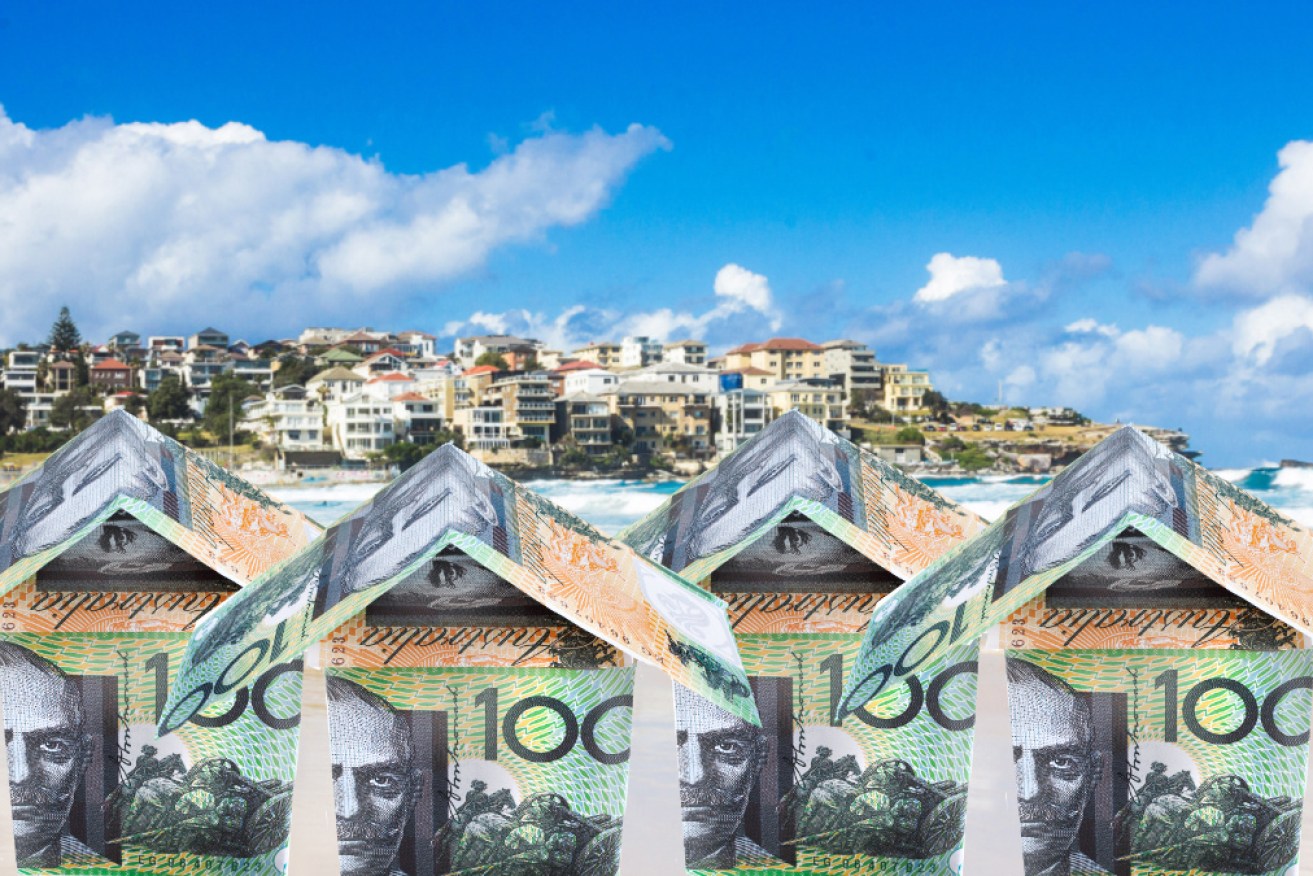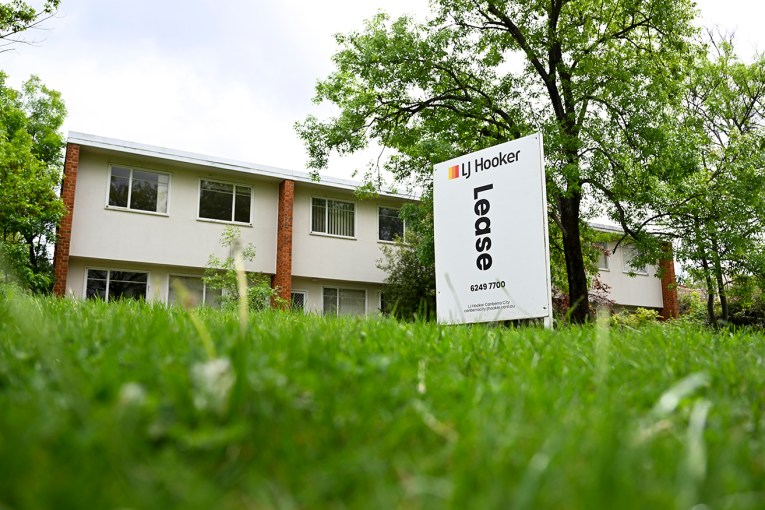From bust to boom: Why 2019 was a record-setting year for property


Sydney and Melbourne set most of the property headlines in 2019. Photo: Getty
First came the worst downturn in history. Then came cheap money and looser lending. Now come rumblings of another property boom.
The last 12 months has been a year of extremes for the property market.
Prices started the year in free fall and continued falling until June, but then went on to post some of the strongest gains since records began.
Australia’s two largest markets were the hardest hit during the downturn, with values in Sydney and Melbourne experiencing peak-to-trough falls of 14.9 per cent and 11.1 per cent respectively.
But the broader market fared poorly, too.
National property prices fell 8.4 per cent between October 2017 and June 2019 – meaning the recent property downturn was the longest and deepest since property analytics firm CoreLogic began keeping records in 1980.
The previous record was held by the 11-month downturn in 1982 and 1983, when values dropped 8.1 per cent.
There have been many other periods of significant decline, too, but none measure up to the recent downturn.
Not only because it slashed values the most but also because it struck at a time of low unemployment and even lower interest rates.
Why this downturn was different
Interest rate hikes and large increases in unemployment trigger most property downturns but both were noticeably absent this time around.
UTS industry professor Warren Hogan consequently describes the recent downturn and subsequent recovery as “a very different cycle”.
“There were no rate hikes and no big increases in unemployment,” Mr Hogan told The New Daily.
But prices fell anyway.
Mr Hogan said this was because APRA clamped down on lending to speculators, the royal commission forced banks to act more scrupulously and foreign investment fell off a cliff.
An RBA rate cut in February 2015 meant APRA’s December 2014 clampdown didn’t burst the bubble completely.
(The financial regulator had told banks to use a hypothetical interest rate of 7 per cent when assessing a borrower’s repayment ability and also advised them to restrict their investor home loan growth to 10 per cent per annum.)
But its decision to tighten the screws even further in March 2017 set the market up for a significant downturn and the royal commission sealed its fate.
Commissioner Kenneth Hayne took issue with the way banks were estimating and verifying a borrower’s expenditure and so the credit tap was tightened even further.
This is important, as house prices are largely determined by the supply of money.
The less money buyers can borrow from banks, the less they can bid at auction.
This is especially important in Sydney and Melbourne, where prices are such that most people can only afford a home if they max out their borrowing capacity.
Investors deserted the market too
The drop in borrowing capacity was a major driver of the downturn but the retreat of the investor also played a significant role.
Angie Zigomanis, director of research and strategy at Charter Keck Cramer, said their withdrawal, triggered by APRA’s clampdown and other restrictions on foreign investment, was the most important cause of the downturn.
“This group had driven the upturns in both Sydney and Melbourne and were the main reason for the correction as well,” Mr Zigomanis told The New Daily.
“We’re sort of only talking about Melbourne and Sydney, though, when we’re taking about the conditions of downturn and recovery.
“The other markets didn’t see the boom, nor the bust, and that’s because [the booms in] Sydney and Melbourne were mostly investor-driven.”
The v-shaped recovery
What, then, turned the market on its head in June?
First, the Reserve Bank slashed interest rates and then APRA removed its 7 per cent mortgage serviceability test.
The rate cuts and easing of serviceability requirements boosted the borrowing capacity of buyers, allowing them to bid over and above the list price.
Most analysts argue the Coalition’s surprise election victory in May also helped to put a floor under prices – providing the market with greater certainty after Labor said it would change rules around negative gearing and capital gains tax.
But the most important factor was the boost in borrowing capacity, which has since led to an abnormal, V-shaped recovery.
Buyers’ maximum borrowing limit increased 13 per cent following APRA’s easing of serviceability requirements, according to Commonwealth Bank senior economist Kristina Clifton.
And since then, the property market’s gone gangbusters.
National property prices recorded their biggest monthly gain since 2003 in November. And Sydney and Melbourne values are currently growing at an annualised rate of roughly 25 per cent – despite wages growing at just 2.2 per cent a year.
Historically low stock levels mean the price rises have been somewhat artificial, though, with several economists arguing the increases will moderate when more stock comes onto the market.
But even so, the rapid rebound has taken most analysts by surprise.
The question is, how much longer can the boom go on for?
According to Mr Zigomanis, the high pace of capital gains are likely to moderate once APRA’s “sugar hit” runs it course. (Others would disagree.)
This is because prices are rising much faster than wages, meaning reduced affordability will soon become a constraining factor.
Prices are likely to continue growing apace until they reach roughly 13 per cent above their June 2019 peak, Mr Zigomanis said.
But after then, the growth rate should gradually moderate until it hits roughly 2-3 per cent a year.
A significant pick-up in GDP or income growth would see the rebound run a little further, Mr Zigomanis added.
“But based on the current patchy outlook there’s no reason to suggest it will.”










